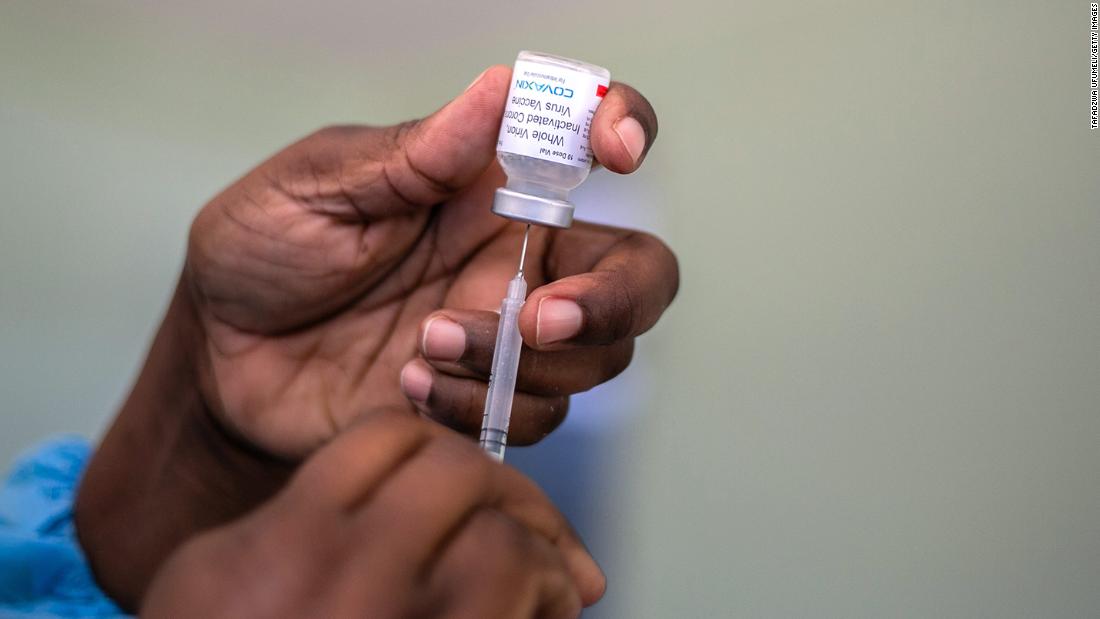Gamification has evolved from a buzzword into a powerful tool in the realm of sales and marketing. By integrating game-like elements into business strategies, companies can enhance engagement, motivate employees, and drive consumer behavior. In this article, we'll explore some advanced techniques for leveraging gamification to boost sales and marketing efforts, providing practical insights for professionals looking to harness this innovative approach.
Understanding Gamification in Sales and Marketing
Gamification involves incorporating game mechanics into non-game contexts to drive engagement and achieve desired outcomes. In sales and marketing, this means using elements such as points, badges, leaderboards, and challenges to influence behavior and enhance performance.
The Science Behind Gamification
Gamification taps into the principles of behavioral psychology and motivation. By providing rewards, recognition, and a sense of achievement, businesses can leverage intrinsic and extrinsic motivators to encourage desired behaviors. Understanding these psychological drivers is crucial for designing effective gamification strategies that resonate with both employees and customers.
Key Components of Gamification
Points Systems: Rewarding users with points for completing specific actions, such as making a purchase or sharing content, can incentivize continued engagement.
Badges and Achievements: Recognizing accomplishments with badges or awards adds a layer of prestige and motivates users to strive for more.
Leaderboards: Displaying top performers or achievers can create healthy competition and drive engagement.
Challenges and Quests: Creating tasks or missions that users can complete for rewards adds an element of excitement and encourages participation.
Advanced Techniques for Gamification in Sales
1. Personalized Gamification Strategies
Personalization is key to making gamification effective. Tailoring game elements to individual preferences and behaviors can significantly enhance engagement. For instance, using data analytics to understand customer preferences and then creating personalized challenges or rewards can make the gamification experience more relevant and motivating.
Example: An e-commerce platform might analyze a customer’s purchase history and offer personalized discounts or rewards for engaging in specific activities related to their interests.
2. Integrating Gamification with CRM Systems
Integrating gamification with Customer Relationship Management (CRM) systems can enhance sales performance by making the sales process more engaging. Sales teams can earn points or badges for completing tasks such as following up with leads, closing deals, or achieving sales targets.
Example: A CRM system that includes gamification features might reward sales representatives with points for each new client interaction, with additional bonuses for converting leads into sales.
3. Utilizing Gamification for Sales Training
Gamification can be used to enhance sales training programs by making learning more interactive and enjoyable. Training modules that include quizzes, role-playing scenarios, and competitive elements can improve knowledge retention and skill development.
Example: A company might create a sales training simulation where employees earn points for correctly handling customer objections or closing virtual sales, with top performers receiving badges or rewards.
Advanced Techniques for Gamification in Marketing
1. Creating Interactive Campaigns
Interactive marketing campaigns that incorporate gamification elements can significantly boost engagement and conversion rates. By designing campaigns that involve games, quizzes, or challenges, brands can create memorable experiences that resonate with their audience.
Example: A brand might launch a social media contest where users participate in a game to win prizes, encouraging them to share the campaign and increase brand visibility.
2. Leveraging Gamification for Customer Loyalty Programs
Gamified loyalty programs can enhance customer retention by making the process of earning rewards more engaging. Instead of traditional point systems, consider incorporating elements like challenges, progress bars, and levels to keep customers motivated.
Example: A coffee shop chain might introduce a loyalty program where customers earn points for each purchase and unlock new levels with additional perks, such as free drinks or exclusive offers.
3. Enhancing Content Marketing with Gamification
Gamification can also be applied to content marketing strategies to increase engagement and drive traffic. Interactive content, such as quizzes, games, and contests, can provide valuable insights while entertaining users.
Example: A fitness brand might create an interactive workout challenge where users track their progress and compete with others for prizes, all while sharing their achievements on social media.
Measuring the Success of Gamification Strategies
1. Setting Clear Objectives
Before implementing gamification, it’s essential to define clear objectives and key performance indicators (KPIs) to measure success. Objectives might include increased sales, higher engagement rates, or improved customer retention.
Example: If the goal is to boost sales, KPIs could include the number of new leads generated, the conversion rate, and the overall increase in revenue.
2. Analyzing Data and Feedback
Regularly analyzing data and gathering feedback is crucial for assessing the effectiveness of gamification strategies. Use analytics tools to track user behavior, engagement metrics, and overall performance.
Example: Analyzing data from a gamified marketing campaign might reveal which challenges or rewards are most popular, allowing for adjustments to optimize results.
3. Iterating and Improving
Gamification strategies should be continuously refined based on performance data and user feedback. Regularly updating challenges, rewards, and game elements can help maintain engagement and drive ongoing success.
Example: If a sales team finds certain gamification elements less effective, adjustments can be made to better align with their motivations and preferences.
FAQ
What is gamification in sales and marketing?
Gamification involves integrating game-like elements into sales and marketing strategies to increase engagement, motivation, and performance. It includes features such as points, badges, leaderboards, and challenges to influence behavior and achieve business objectives.
How does personalization enhance gamification?
Personalization enhances gamification by tailoring game elements to individual preferences and behaviors. This approach makes the gamification experience more relevant and motivating, leading to higher engagement and better results.
Can gamification be integrated with CRM systems?
Yes, gamification can be integrated with CRM systems to enhance sales performance. Sales teams can earn rewards for completing tasks, such as following up with leads or closing deals, making the sales process more engaging and motivating.
What are some examples of gamification in marketing?
Examples of gamification in marketing include interactive campaigns, gamified loyalty programs, and interactive content like quizzes and challenges. These strategies can boost engagement, increase brand visibility, and drive customer loyalty.
How can I measure the success of gamification strategies?
To measure the success of gamification strategies, set clear objectives and KPIs, analyze data and feedback, and regularly iterate and improve based on performance metrics. This approach ensures that gamification efforts are effective and aligned with business goals.
Gamification presents a dynamic approach to enhancing sales and marketing efforts by leveraging game mechanics to engage and motivate users. By implementing advanced techniques such as personalized strategies, integrating with CRM systems, and creating interactive campaigns, businesses can drive significant improvements in performance and customer engagement. Measuring success through clear objectives, data analysis, and continuous improvement ensures that gamification strategies remain effective and aligned with business goals.
Embracing gamification offers a unique opportunity to create compelling experiences, foster engagement, and ultimately drive business success. As the landscape of sales and marketing continues to evolve, gamification will remain a powerful tool for achieving competitive advantage and building lasting customer relationships.
Get in Touch
Website – https://www.webinfomatrix.com
Mobile - +91 9212306116
Whatsapp – https://call.whatsapp.com/voice/9rqVJyqSNMhpdFkKPZGYKj
Skype – shalabh.mishra
Telegram – shalabhmishra
Email -info@webinfomatrix.com


.jpg)






 English (US) ·
English (US) ·